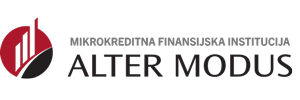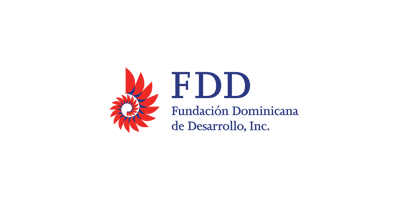
Microfinance is a straightforward business in the field of banking. Investing in microfinance institutions has always entailed making decisions in situations of limited visibility regarding the macroeconomic environment in the respective country. It is interesting to note that the uncertainty arising from a lack of information and extremely low visibility has been a major theme on global capital markets in the first half of 2025.
While there has been less international economic and political cooperation observed in recent years, the new US administration has been extremely busy overthrowing prior political views, including their own. In turn, the US dollar has experienced its weakest six-month term against other major currencies for almost four decades. The decline against the euro reached approximately 17% at its peak. It is important to note that the majority of emerging market currencies basically demonstrated stability in relation to the US dollar. Whilst funding options may have become somewhat more difficult in some countries, there was no currency crisis despite elevated levels of volatility.
While the magnitude of the US dollar move has already been astonishing, the economic rationale behind it remains difficult to understand. Without discussing this aspect in detail, there is generally speaking still plenty of room to lower central bank rates in the US, while the Euro-Area is way closer to its interest rate floor again. Also, the growth potential in the US is not indicating a near-term or long-lasting outperformance of European growth over the US economy.
In essence, the global economic outlook is moderate but intact. Growth rates can be expected well above zero, defying once more the predictions of another US recession around the corner. It is anticipated that major central bank rates will continue to decline modestly for at least the remainder of 2025, while current inflation should be no major concern for long-term rates to skyrocket.
Risk appetite on capital markets is intact, and political risk remains elevated, resulting in an increased volatility, currently most visible on the FX market. The environment for the various microfinance markets continues to remain challenging in general, with some countries struggling to manage loan growth after the post-pandemic recovery boom.
In this respect, India could be among the first countries to demonstrate the potential issues for the broader industry, given its size. Despite the fact that the country remains one of the best supervised markets, given, e.g., the capacities of the national central bank, the current decline in asset quality across the industry highlights three key elements of microfinance that require attention: client protection for end borrowers, the stability of a given business pursued by a microfinance institution, and the valuation of microfinance loans at the investor level in economic downturns.

This marketing communication is for informational purposes only and does not constitute an investment recommendation or advice or an offer to buy or sell fund units.
It is explicitly not directed at natural persons or legal entities whose place of residence or business is subject to a foreign jurisdiction that imposes restrictions on the dissemination of such information, in particular not for US citizens or persons domiciled or permanently resident in the USA.
The only basis for the purchase of fund units are the Key Information Document (KID), the current sales prospectus and the most recently published and audited semi-annual and annual report. A current version of the sales documents in German is available free of charge in paper form from the depositary, the management company and online at www.ipconcept.com.
The investment fund is subject to a risk of increased volatility. No assurance can be given that the investment objectives will be achieved. Information on past performance does not allow any conclusions about future performance. In general, every investment carries the risk of capital loss.
Any performance figures shown are net figures. If an investor wishes to purchase units for €1,000, he must pay €1,025 with an issue premium of 2.5%. The investor may incur securities account costs and other costs (e.g., custody or safekeeping costs), which reduce the performance. The tax treatment depends on the individual circumstances of each investor. An investment is associated with risks. For detailed information on opportunities and risks, please refer to the current sales documents.
The management company may decide to discontinue the arrangements it has made for the distribution of the units of its collective investment undertakings in accordance with Article 93a of Directive 2009/65/EC and Article 32a of Directive 2011/61/EU. Further information on investor rights in German can be found on the management company’s website at https://www.ipconcept.com/ipc/de/anlegerinformation.html.
Information on sustainability-related aspects in accordance with EU Regulation 2019/2088 can be found at https://www.ipconcept.com/fs/getdata.php?m=getDoc&id=PSzBxMfcvdrEWZnOaY56.










































































